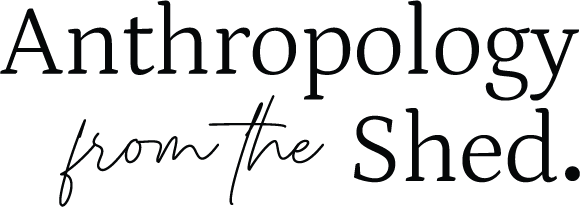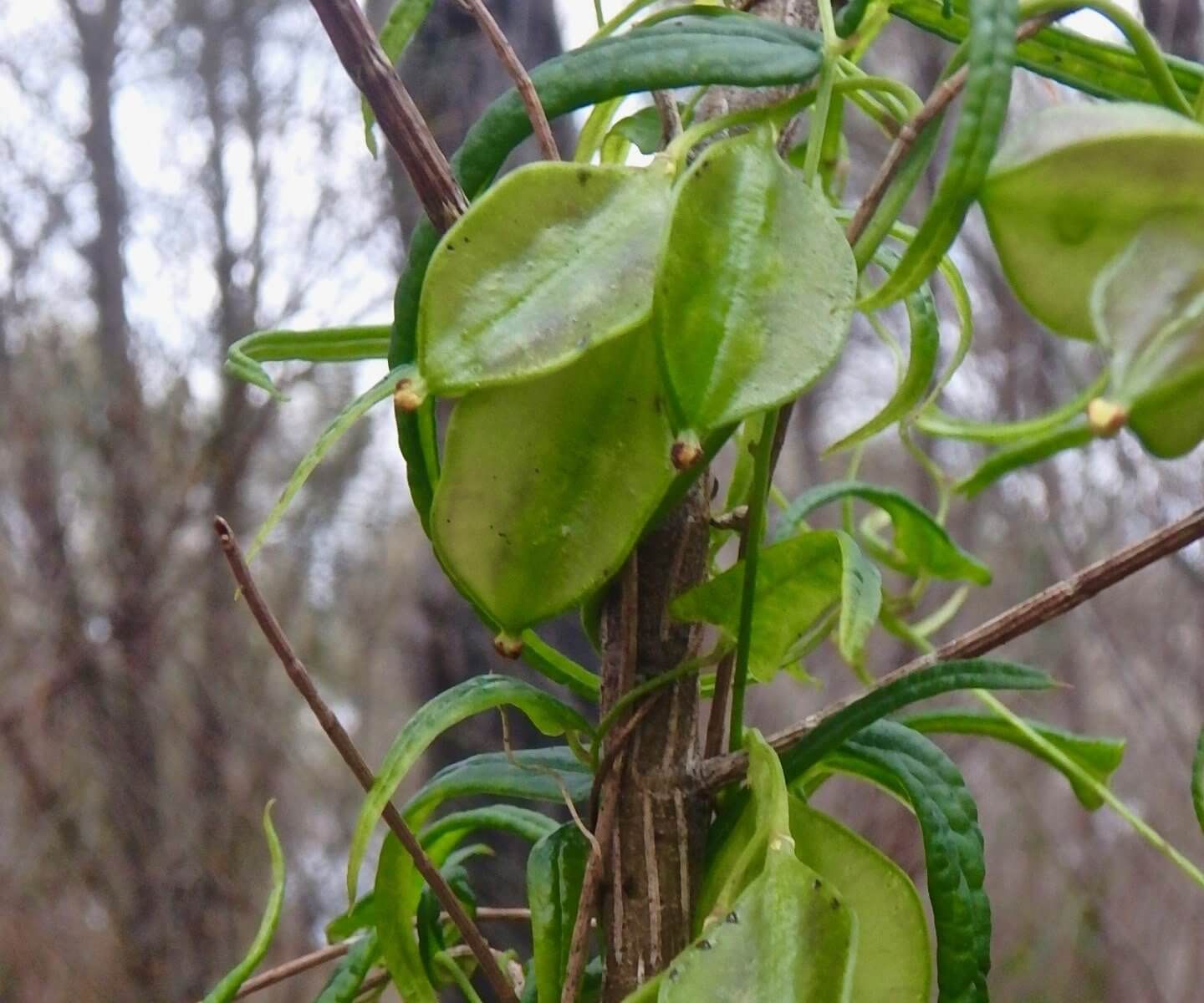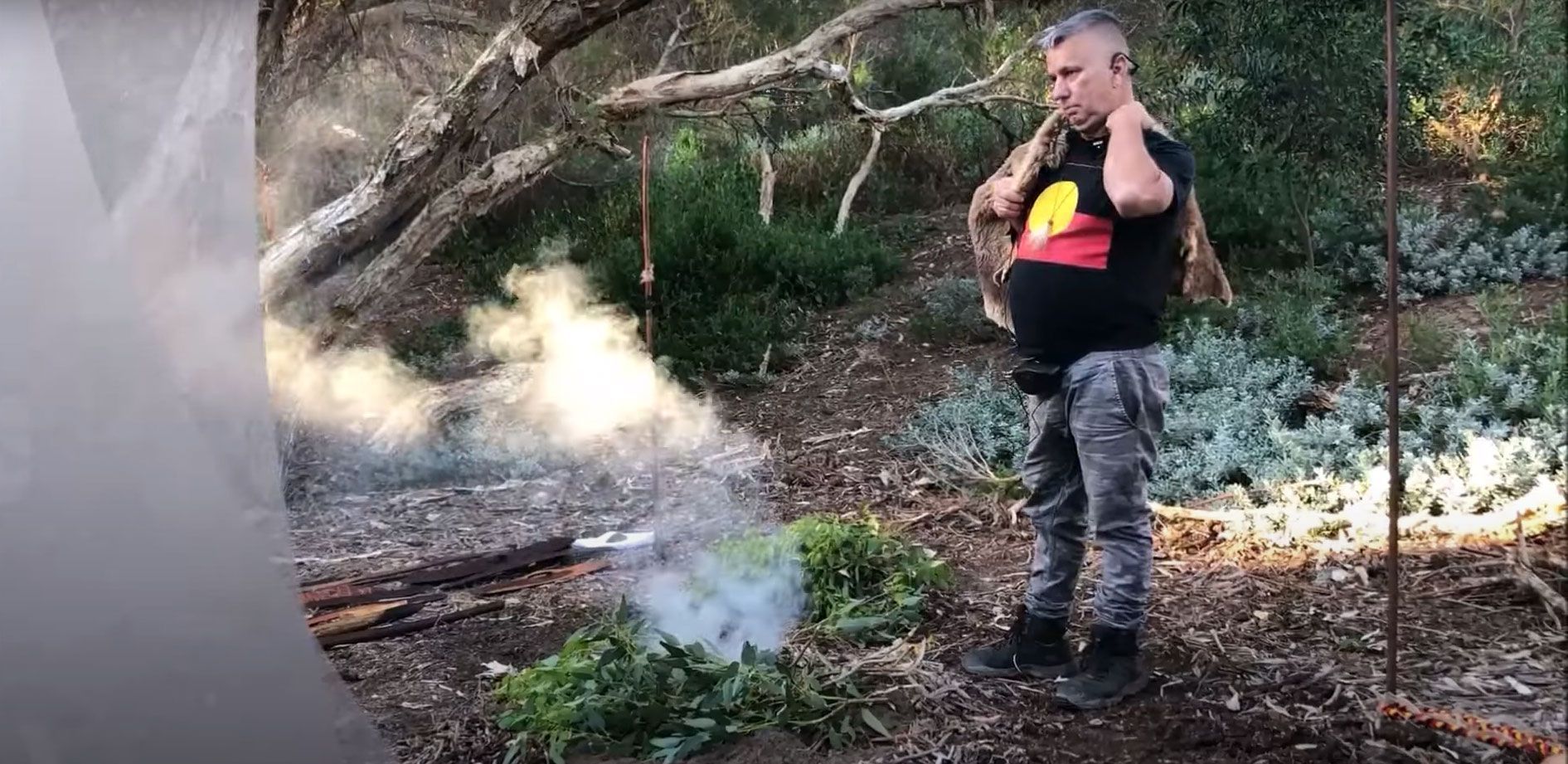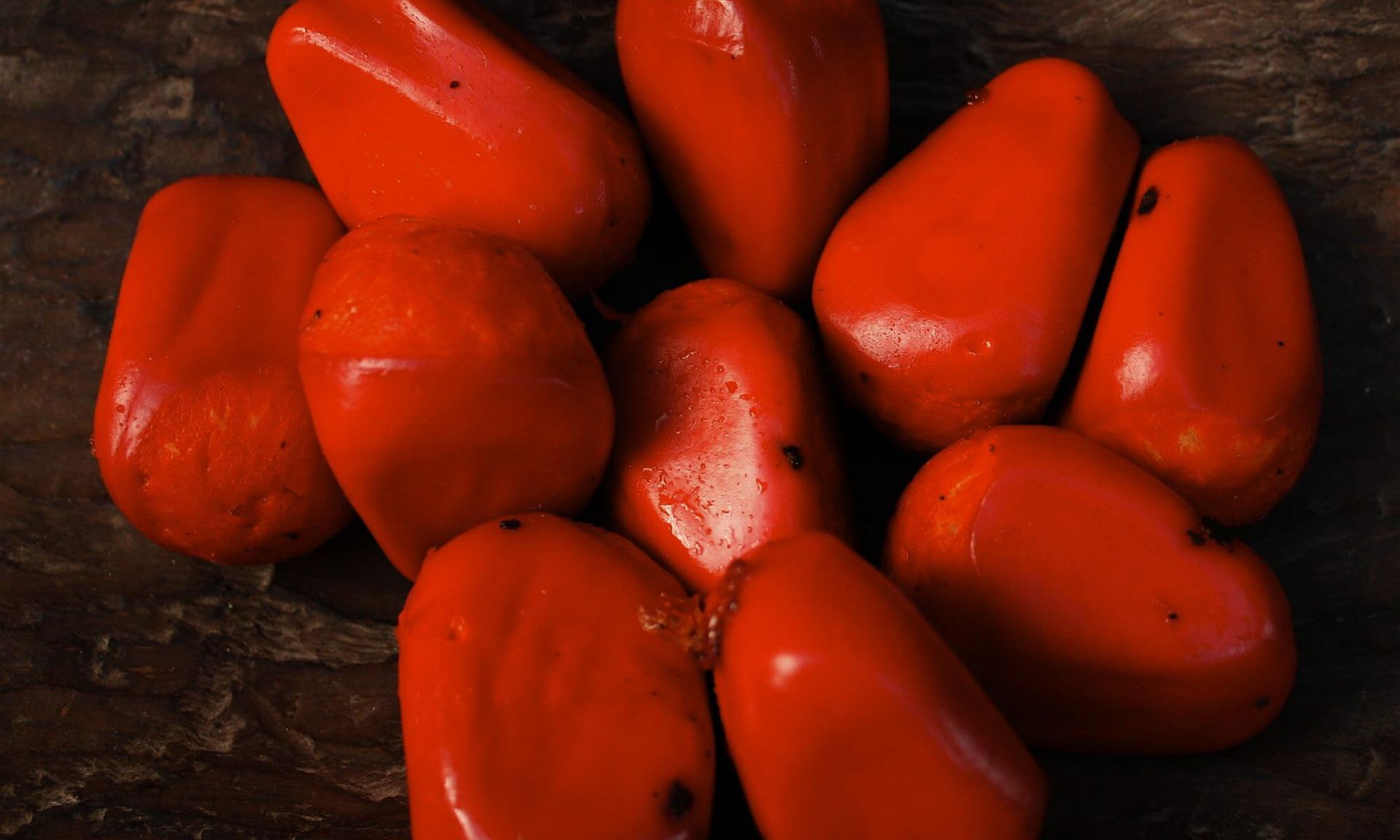Indigenous Science
For over 50,000 years the Noongar people of southwestern Australia possessed a complex scientific understanding of the natural world. They were familiar with the phenological breeding cycles and feeding habits of animals, birds, plants, reptiles and fish on which they depended for food. They were probably the world’s first astronomers in that they relied on the recurring dark and light constellations in the night sky to reckon time and seasonality. The dark constellation known as the “Emu in the sky” was a highly dependable and seasonally accurate astronomical indicator used by the Noongar to signify the commencement of the “dark season” of winter (makuru, maggoro, mokker).
The breeding phenology of the totemic emu accurately defined the mating, egg-laying/incubating and chick hatching season. These cycles were understood by the appearance and position of the ‘dark emu in the sky,’ generally visible from late April through to August/September, which uncannily reflected what was happening on land at the same time.
Indigenous people did not survive in Australia’s harsh environment on the whims of nature but relied on a cumulative body of scientific knowledge passed down from generation to generation over many thousands of years. It was this knowledge that enabled them to manage their animal and plant resources in such a way as to provide a predictable and reliable source of food for their survival.
We have always believed that indigenous science should be part of the primary and secondary school science curriculum. Indigenous science is based on observation, empiricism and practical application and has been tried and tested over thousands of years. Without this scientific knowledge, Aboriginal people could not have survived to be the longest continuous living culture in the world.
We believe that this aspect of indigenous culture should be strongly promoted in schools and that the Western Australian government should contribute funding to this purpose.



